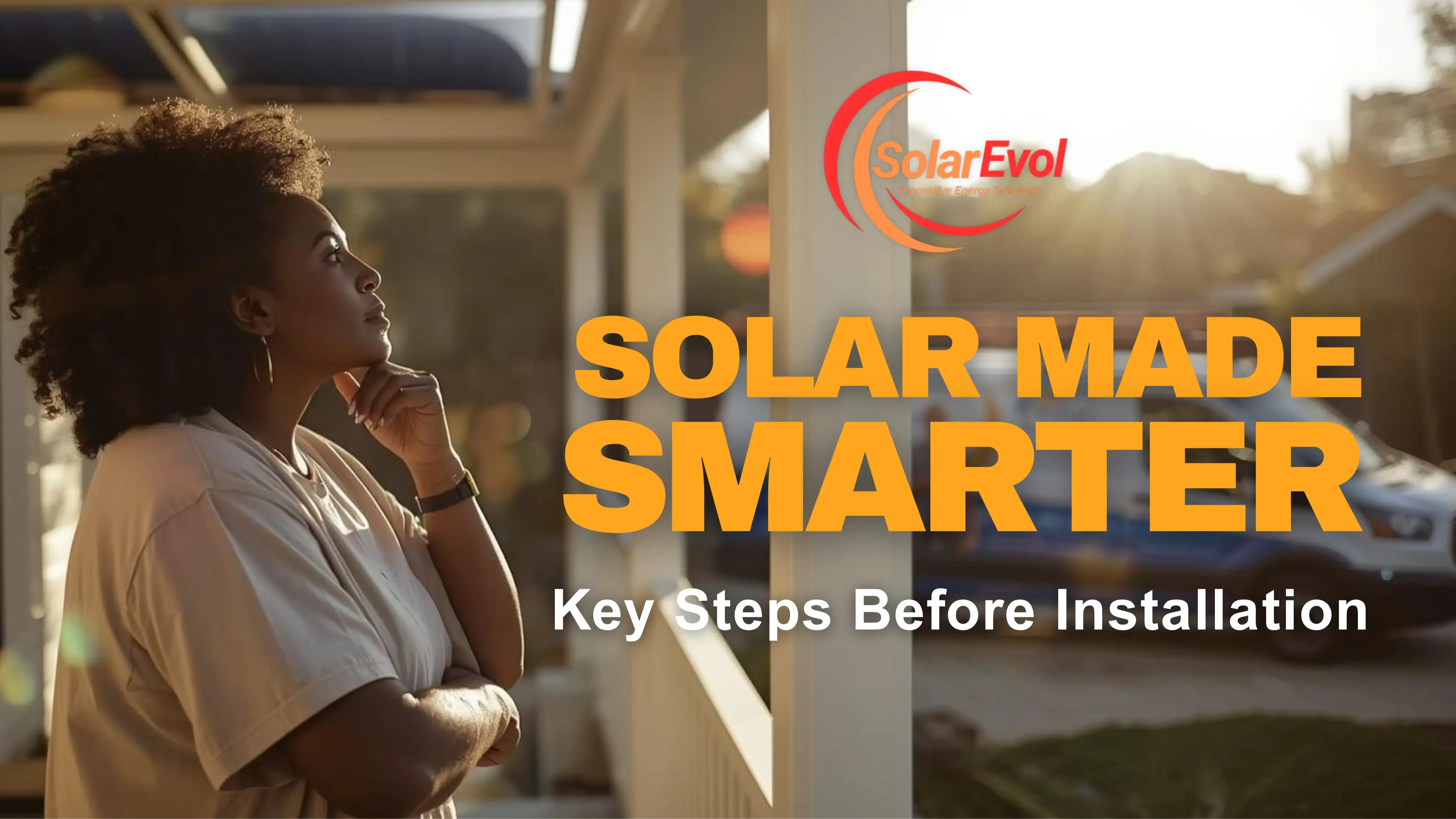
Solar SuperHeroes Unite: Saving a Storm-Ravaged Town
May 26, 2025 🌪️ When the Grid Went Down, Everything Changed
🌪️ When the Grid Went Down, Everything Changed
The wind didn’t howl. It screamed.
By midnight, it was ripping roof tiles off like playing cards. Trees snapped. Power poles bent. In Belridge—a small coastal town tucked just outside Alamo, California—phones lit up with emergency alerts. But by 1:13 a.m., those phones were dead. The power grid had collapsed, and with it went light, heat, water pumps, and communication.
Hospitals were miles away. Roads were flooded. And for over 2,000 residents, help wasn’t coming anytime soon.
But somehow, in the middle of the blackout, one building on the hill glowed.
The high school gym—powered not by the grid, but by something designed in secret, tested in silence, and built with determination.
🧑🏽🔧 Javed's Plan Was Never Meant to Be a Headline
Three months earlier, Javed Shah—physics teacher by day, solar geek by obsession—stood in front of the town council holding a single sheet of paper.
“When the grid fails,” he said, “we can’t just wait for a truck. We need to be the power.”
He wasn’t a politician. He wasn’t funded. He didn’t work for a utility. But Javed had lived through enough outages to know that Belridge needed more than backup generators and bottled water.
He wasn’t alone. A retired electrician named Darryl, a nurse named Eva, a permaculture enthusiast named Priya, and a high school senior named Emilio joined forces. They called themselves a “resilience cell.” No budget. No marketing. Just an idea: Could a few rooftops and batteries keep a town breathing when the grid shut down?
⚠️ The Challenge: No Time, No Money, No Room for Error
The barriers were real. Solar was already installed on some rooftops—but none of it had storage. The medical clinic had no backup at all. The old diesel generator behind the school hadn’t started in years. The funding to do anything seemed mythical.
And worst of all, the town had been left off the regional resilience priority list. They weren’t big enough. Not high-risk enough. Not profitable enough to get attention from private energy providers.
But Javed had done his homework. He’d read the fine print in the California Self-Generation Incentive Program (SGIP). He knew about carve-outs for low-income census tracts, for schools in wildfire zones, for clinics within rural grids. He found clauses and sub-clauses that others missed.
That was the secret no one told you: the money exists—but only for those who know where to dig.
So they started digging.
🔧 Building Power Before the Storm
By the time the clouds rolled in, they had transformed three buildings:
- The school gym, outfitted with a 15kW solar array and a 40kWh battery system
- The community health center, running on hybrid solar-battery with medical-grade backup
- A corner grocer, retrofitted with cold storage and 12 hours of independent load coverage
It wasn’t just the gear—it was how they used it. With load prioritization software, the system knew to cut power to nonessentials and preserve what mattered most. Battery charge was rationed based on need, not luxury.
They trained local teens on system monitoring. They created a backup-to-the-backup plan: a portable solar trailer designed by students using decommissioned panels and salvaged lithium cells. They held quiet weekend trainings—no flyers, no drama—just preparation.
They didn’t expect to use any of it so soon.
But the storm had its own schedule.
⚡ The Transformation: Belridge Didn't Just Survive—It Led
When the grid collapsed, the school gym lit up like a beacon. People came, wet, shaking, carrying bags of essentials and phone chargers.
The system held.
Not because it was expensive—because it was designed. With intentionality. With foresight. With community at the center.
Eva kept her clinic running, treating asthma patients and minor injuries. Priya ran a hot tea station off a solar kettle. Emilio, barely 18, reprogrammed the charge-discharge sequence in real-time to extend the battery runtime another two hours.
By dawn, the town was cold, dark, and cut off. But the hubs held.
For four days, they powered life.
💡 The Lesson: Resilience Isn’t a Product. It’s a Practice.
Javed’s team didn’t wait for permission. They didn’t need an army. They built a system with:
- Panels that harvested
- Batteries that remembered
- People who understood
- And strategy that didn’t need to shout
Their resilience wasn’t just solar. It was intelligence.
And that made all the difference.
“We didn’t build to impress,” Javed said. “We built so we wouldn’t have to apologize when the power failed again.”
🌍 Final Thought: This Is the New Emergency Response Plan
The next disaster won’t wait for funding.
And in every small town, suburb, neighborhood, and apartment block, there are people like Javed—ready to build something that can hold when everything else breaks.
So if you’re reading this, ask yourself:
What building in your community matters most during a blackout?
Who would you call to light it up?
And what would it take to make it solar-powered, storage-backed, and community-owned?
Because the future isn’t going to save itself.
But we can.
Stay connected with news and updates!
Join our mailing list to receive the latest news and updates from our team.
Don't worry, your information will not be shared.
We hate SPAM. We will never sell your information, for any reason.











